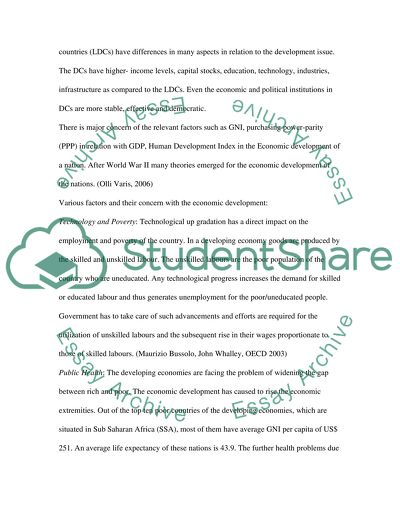Cite this document
(“Economic planning Essay Example | Topics and Well Written Essays - 2250 words”, n.d.)
Economic planning Essay Example | Topics and Well Written Essays - 2250 words. Retrieved from https://studentshare.org/macro-microeconomics/1503857-economic-planning
Economic planning Essay Example | Topics and Well Written Essays - 2250 words. Retrieved from https://studentshare.org/macro-microeconomics/1503857-economic-planning
(Economic Planning Essay Example | Topics and Well Written Essays - 2250 Words)
Economic Planning Essay Example | Topics and Well Written Essays - 2250 Words. https://studentshare.org/macro-microeconomics/1503857-economic-planning.
Economic Planning Essay Example | Topics and Well Written Essays - 2250 Words. https://studentshare.org/macro-microeconomics/1503857-economic-planning.
“Economic Planning Essay Example | Topics and Well Written Essays - 2250 Words”, n.d. https://studentshare.org/macro-microeconomics/1503857-economic-planning.


